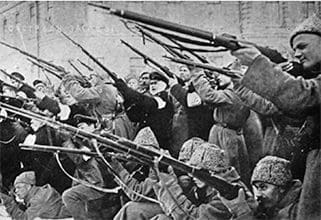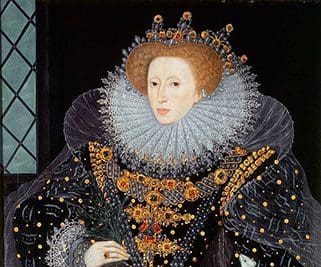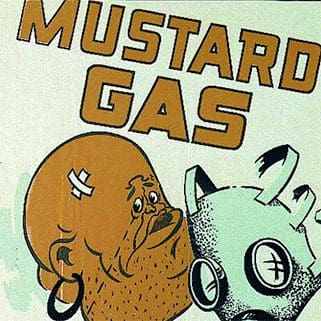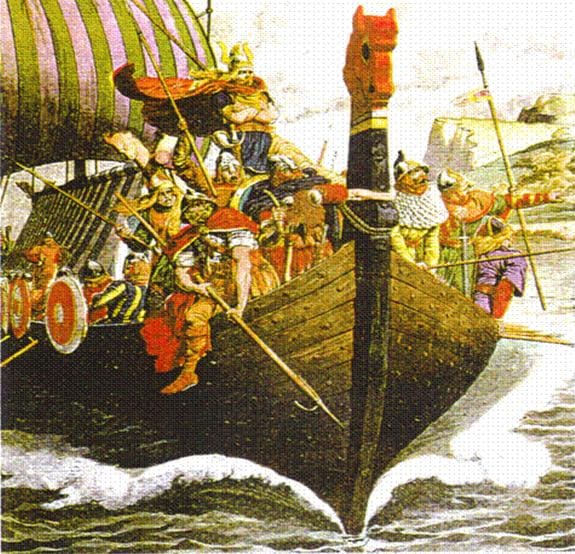
This article from Miriam Dobson’s at Sheffield University give us a variety of answers. Rex Wade writes: ‘The dispersal of the Constituent Assembly effectively marked the end of the Russian Revolution of 1917; a brutal civil war would now decide the fate of Russia.’ 1
Others include the civil war into their definition of revolution, ending their books in 1921. E. H. Carr called his 1979 book The Russian Revolution: From Lenin to Stalin (1917-1929). Many on the left would have sympathy with Carr’s chronology: revolution ended when Stalin took power. The cultural, political and social experimentation that had characterised the 1920s was cut short and a quarter-century of violence and dictatorship followed.
Sheila Fitzpatrick, the leading historian in the field, gives us a longer revolution. In her 1982 book the early phase of Stalin’s rule (1929-32) was still revolutionary. After all, the country witnessed a period of dramatic social transformation during these years: breakneck industrialisation, collectivisation of agriculture, massive social mobility and dislocation. For her, the hallmarks of revolution – utopian dreaming on the one hand, violence on the other – carry on in this early part of Stalin’s rule. For Fitzpatrick, and many others, the mid-1930s then saw a restoration of order and stability. There were no new radical socio-economic transformations, instead, there was a return to traditional values in a number of spheres.
Twelve years after it first appeared, The Russian Revolution (1917-1932) was reissued but with the dates removed from the title. On closer inspection we find that Fitzpatrick’s Revolution was now even longer. The Great Purges of 1937-38 were included as a kind of final bloody bout of revolutionary excess, what Fitzpatrick calls ‘a final internal convulsion’. 2The Revolution now lasted twenty years – two decades in which society was constantly turned upside down – before some kind of normalcy was finally restored.
How then do we characterise the period that followed the Second World War? Many of the ideas that had inspired 1917 survived, albeit in muted form. In the 1950s, the housing campaigns – to take just one example – were about providing decent housing for the masses and were introduced and implemented on a scale and tempo unrivalled in the West. 3
In this period, the party leader, N. S. Khrushchev, promised that in twenty years the Soviet people would be living under communism. And yet by the 1950s, it was also a society that was beginning, painfully, slowly, to investigate its own past and acknowledge at least some of the terrible bloodshed of the 1930s and 1940s. It was a culture that was on the one hand future-oriented, dreaming about the better world under construction, and yet on the other, haunted by its past – some with nostalgia, many others in grief and loss.







